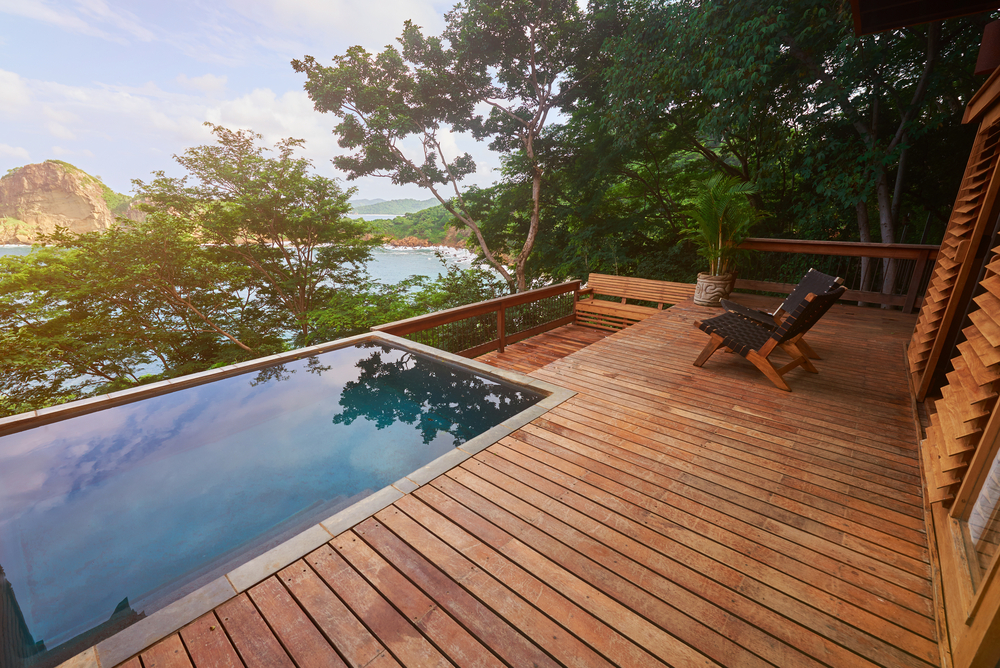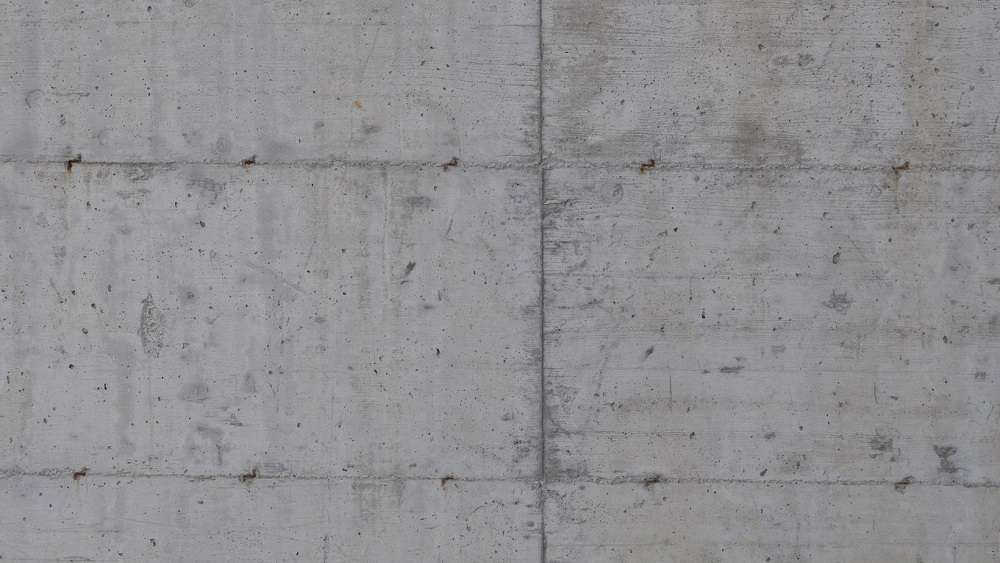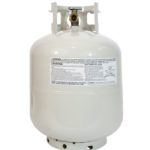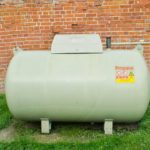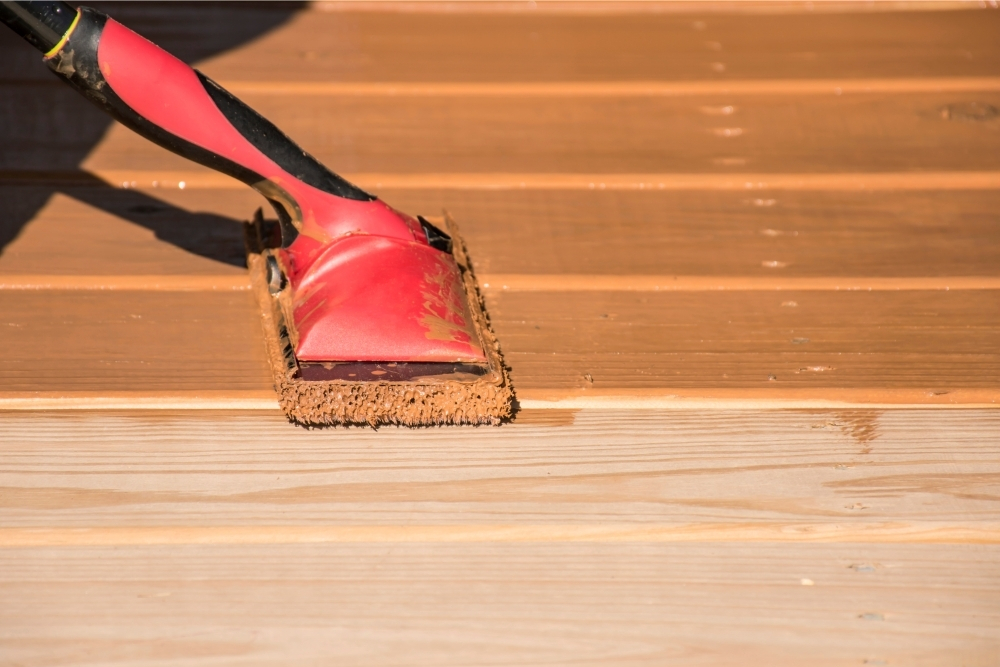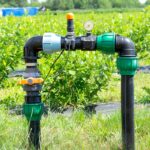Soaker hoses are one of the most popular choices for watering plants thanks to their ease of use and effectiveness. But, like most gardening tools, they have a limited lifespan. So, how long can you expect a soaker hose last? And what can you do to make yours last even longer?
Depending on the material and how well they’re cared for, soaker hoses generally last 3-5 years. Rubber and vinyl hoses last longer than those made of polyurethane. Extend the lifespan by covering your hose with mulch, using a pressure regulator, and regularly inspecting and repairing any leaks.
Let’s take a closer look at how long soaker hoses typically last and what to look for when choosing a quality hose. We’ll also go over some tips on how to use soaker hoses effectively and how to extend their lifespan as much as possible.
How Long Does a Soaker Hose Last?
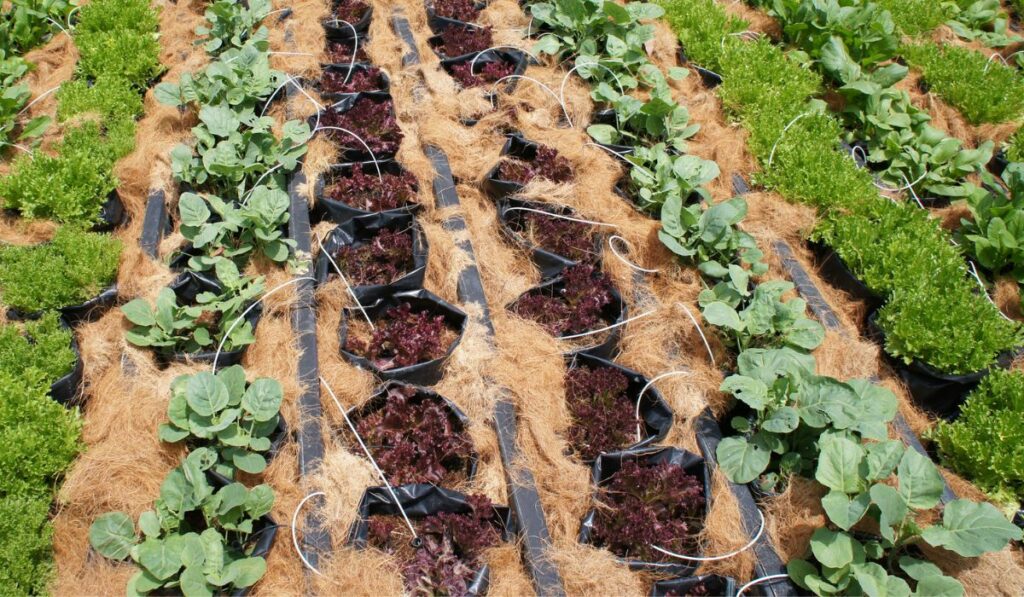
Several factors influence the lifespan of a soaker hose, such as the material used, the construction quality, and how often you use it.
There are three main types of soaker hoses: those made from rubber, polyurethane, or PVC (vinyl). Each type has its advantages and disadvantages in terms of durability and flexibility.
Most soaker hoses have a lifespan of around three to five years, depending on the quality of the hose and whether it’s adequately maintained. Proper use and storage can extend the life of your soaker hose so you can get many seasons of use out of it.
If your soaker hose is already showing signs of wear, such as reduced water pressure or dribbling streams of water instead of a slow drip, it may be time to replace it.
How to Find a Quality Soaker Hose
If you’re looking for a quality soaker hose, there are a few things you need to keep in mind. The material is the first thing to consider. Plastic (polyurethane) and rubber are the most common materials for soaker hoses.
Rubber hoses — such as this heavy duty option from Rocky Mountain Goods (on Amazon) — are the most durable and can last up to 10 years, but they’re also the most expensive. Vinyl hoses are less long-lasting and typically only last 3-5 years. Plastic hoses are the least expensive and least durable, lasting only 1-2 years.
A good quality soaker hose has thicker walls to prevent kinking and provide even water distribution. The thicker the hose, the longer it will last. Also, look for a hose reinforced with a spiral cord or fabric lining to prevent it from kinking or breaking.
You should also check if the hose is UV-resistant, which will help it last longer as it will be less likely to crack or become brittle in the sun.
Finally, check the warranty before purchasing; a longer warranty shows a more durable product, so you can be confident in its quality. Good quality hoses usually offer a 7-year warranty — like this one from Taisia (on Amazon) — while others don’t offer any guarantee at all.
How to Use a Soaker Hose Effectively

While soaker hoses are easy to use and can save you time and money, there are few things to know in order to get the most out of them.
Hose Placement
The first thing to know is how to place soaker hoses properly in your garden. You should always lay them near the plants they’re watering, but not right against them to prevent the soil from getting too moist, which can cause root rot.
Water Pressure
Another thing to keep in mind is water pressure. Too much pressure can damage the hose or cause it to leak. Most hoses come with a flow reducer disc, but this doesn’t work to reduce water pressure for all hoses.
So, you’ll need to buy a pressure regulator (on Amazon) to attach to your spigot to ensure optimal pressure for your hose and garden.
Hose Length
The length of each hose connected to one water source should not exceed 100-150 feet because the water pressure will decrease the further the hose is from the fixture.
If you need more than one hose to water your garden, connect each hose to a separate spigot or use a Y connector with shut-off valves (on Amazon) to change the water flow between hoses.
Water Timing
It’s best to water in the morning, so that the soil has time to absorb the water before the sun gets too hot. That will help prevent evaporation, and the deep watering will encourage roots to grow deeper, making your plants more drought-resistant.
How to Make a Soaker Hose Last Longer
Soaker hoses can last for many years if you take care of them properly. Here are a few tips on how to make sure your soaker hose lasts as long as possible:
Use a Hose Filter
Use a calcium filter to prevent mineral deposits from clogging your hose if you have hard water. You may need to replace the filter each year, depending on the mineral content of your water.
Soak the hose in a vinegar solution or CLR (on Amazon) to dissolve the deposits if you already have mineral buildup.
Winterize and Store the Hose When Not in Use
To winterize your soaker hose system, disconnect it from the water supply and allow it to drain completely by elevating it as you slowly coil it. This way, you can prevent it from cracking from water that will freeze if left in the hose. You can also use compressed air to remove water from the hose.
Store your soaker hose coiled on a hose hanger (on Amazon) in a cool, dry place at the end of the season. It can crack or become brittle and break from the cold weather if left outdoors.
If you live in a mild climate, you can leave it outdoors year-round, but it’s best to cover it with a tarp or mulch to insulate it from colder temperatures.
Inspect the Hose Regularly
Inspect your hose regularly for cracks, leaks, or other damage that can cause inefficient watering and lead to a shorter lifespan. You can repair most leaks with self-fusing tape (on Amazon) or couplers, but if the damage is extensive, you’ll need to replace the hose.
Use Mulch
Cover the hose with a 2-inch layer of mulch to help retain moisture and prevent evaporation. That will also keep the hose cooler and less prone to damage from the sun. Mulch can also help prevent weeds from growing around the hose.

